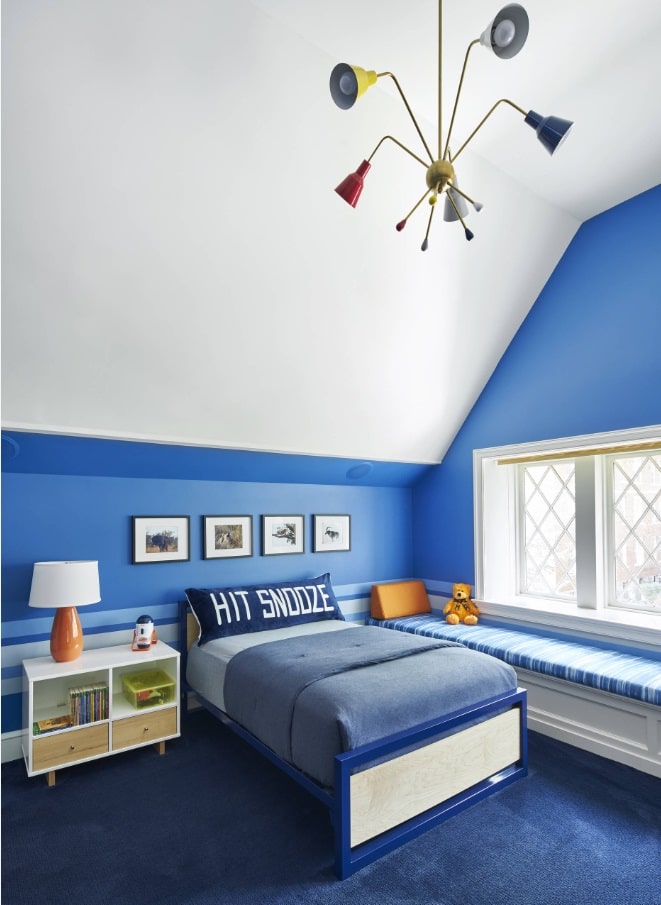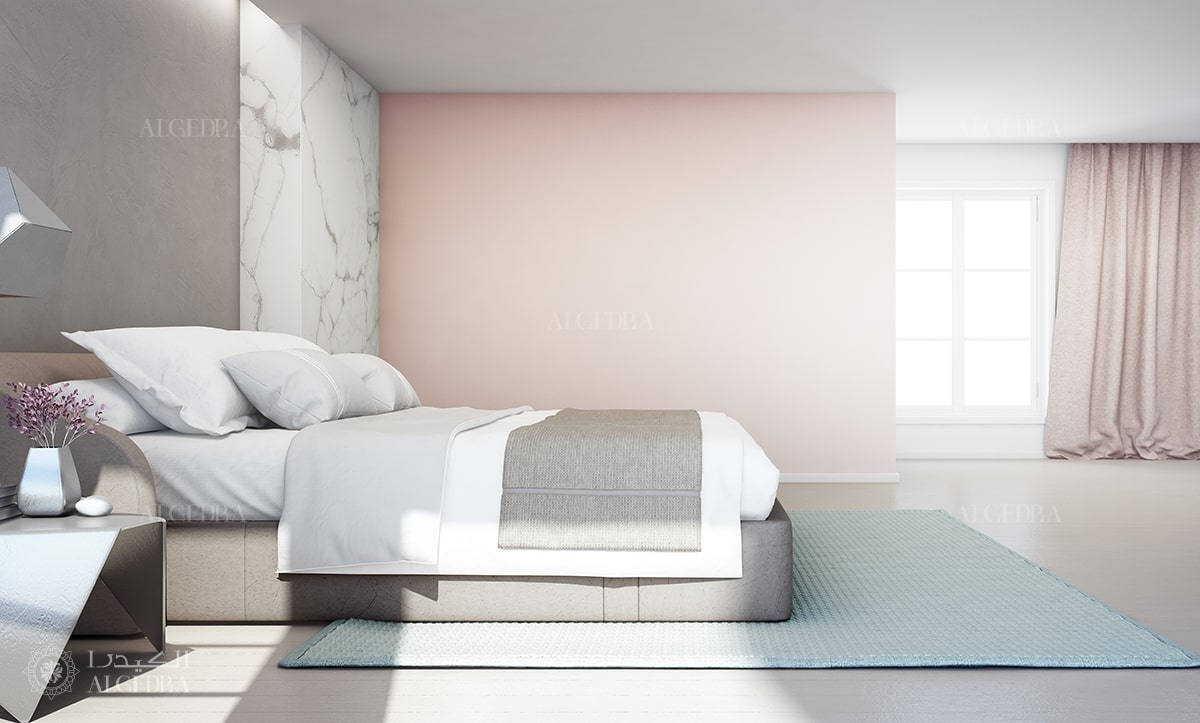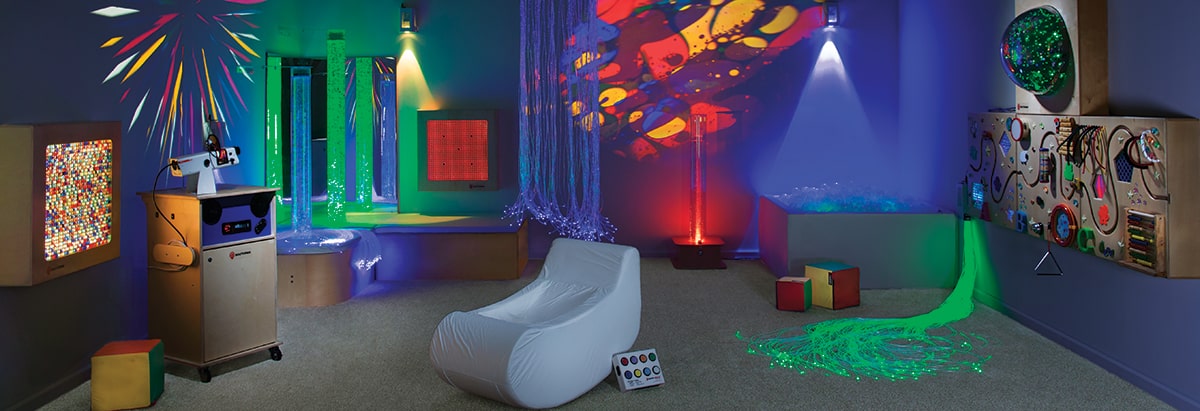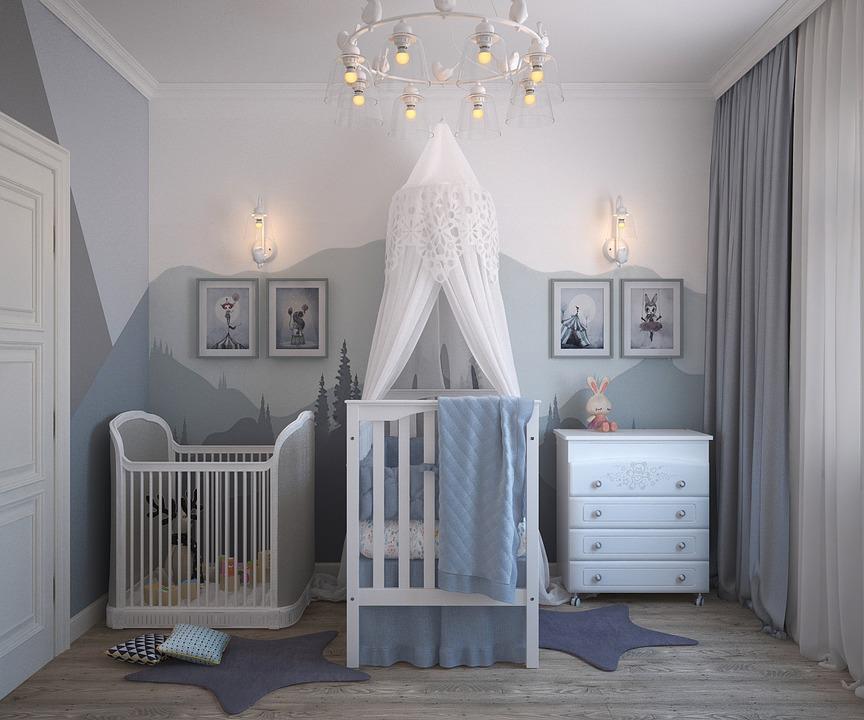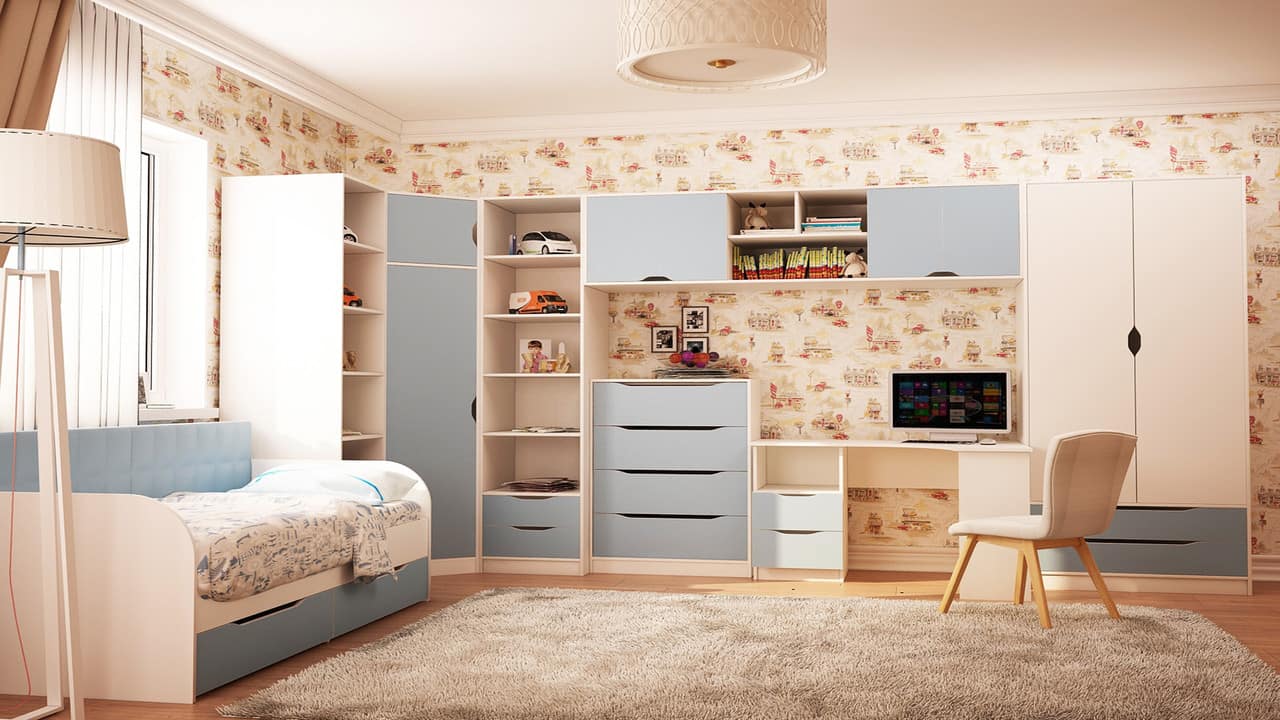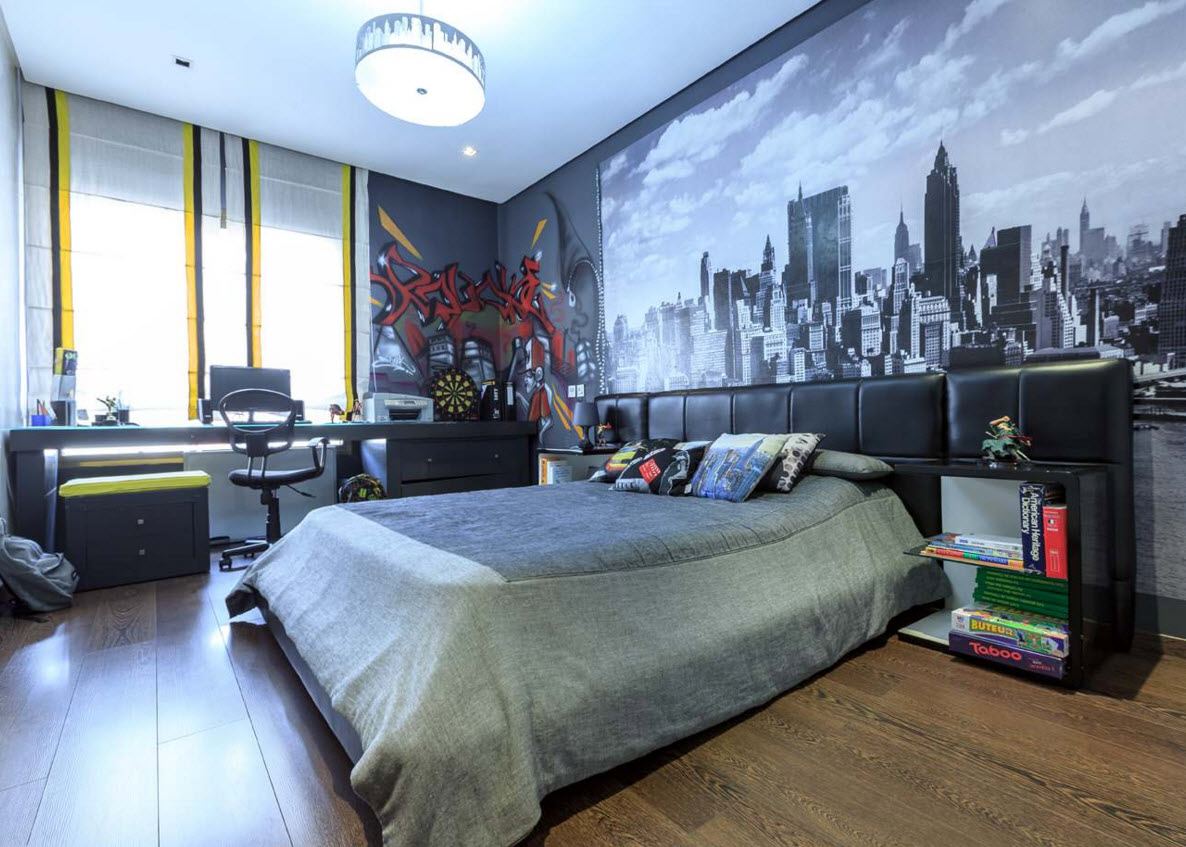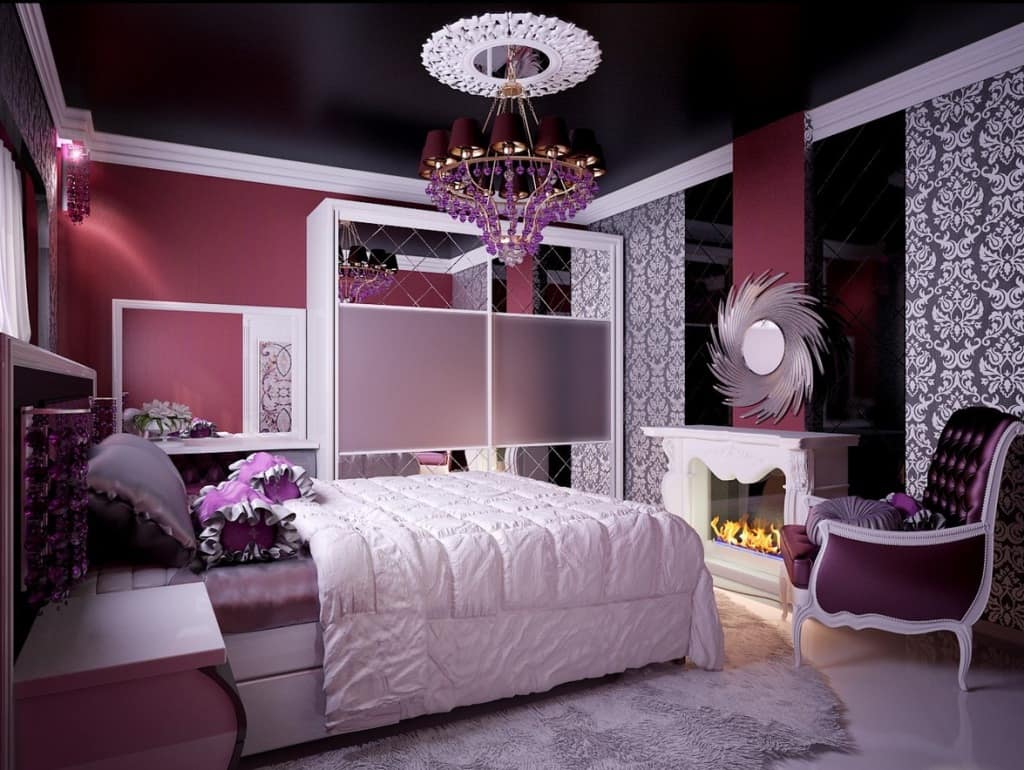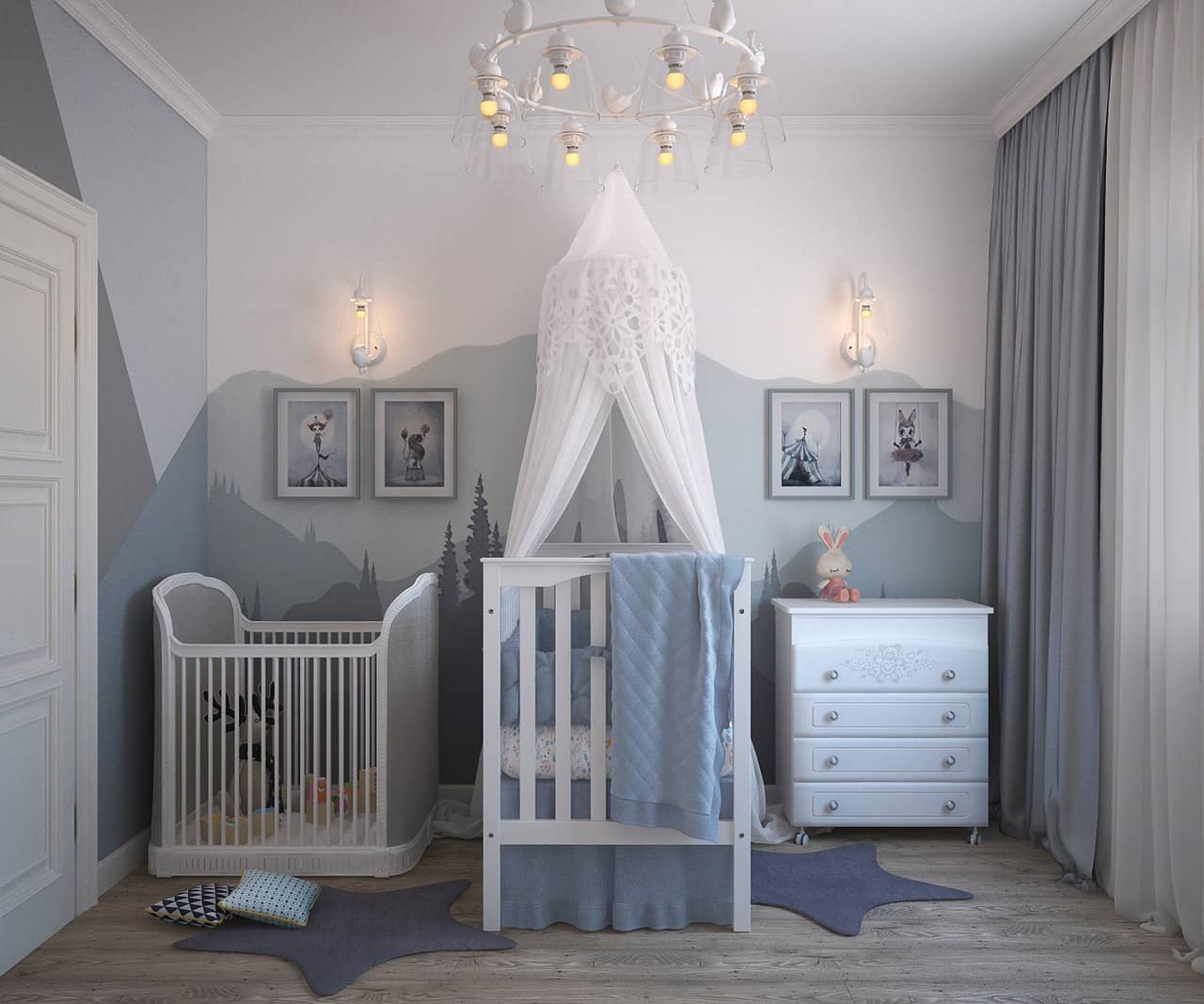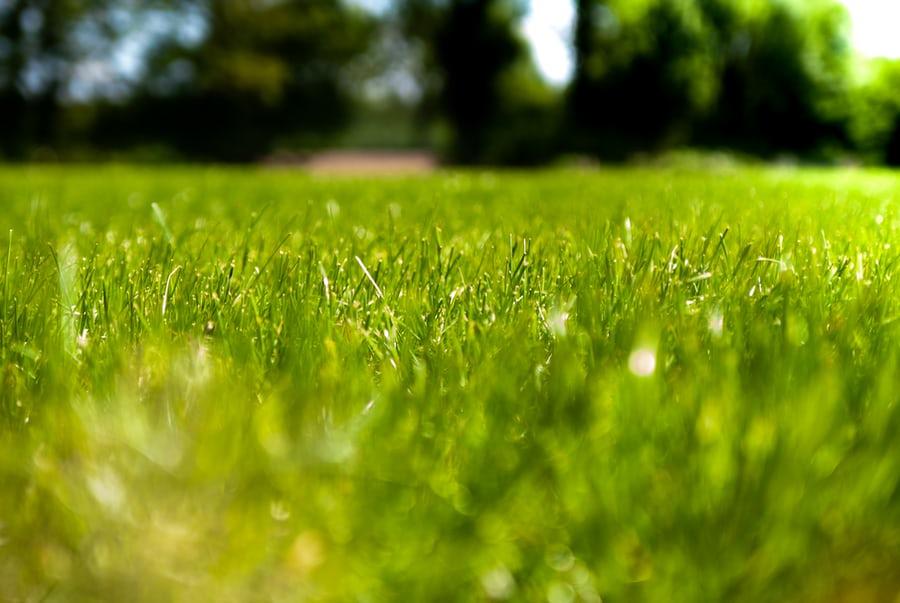Autistic children need special care and our help and lots of support in order to be a functioning member of the community. This starts with ensuring a safe environment where they can grow and flourish. Read on to find out what to keep in mind when designing a house suited for the needs of special children.
Colors and Patterns
Colors play an important role in the visual perception of a person; this is even more so in autistic people.
Avoid colors with long wavelengths like red and yellow, which are stimulating to the senses. Instead, opt for calming blues, restful green, or other pastel shades. Paint wall with one shade preferably cream (not white), and avoid patterned wallpapers entirely. The same applies to patterned floors, which can cause confusion and create anxiety or make them fixated on the floor.
A room that is not cluttered and adorned with simple furnishings is the ideal autism-friendly room. Choose furnishings that are fairly plain and pale-colored to avoid overstimulating the senses.
Lighting
Autism makes people more sensitive to their surroundings, and this includes heightened visual senses. They are very perceptive to light, being able to see the flicker or hear them hum, and therefore, harsh fluorescent lighting must be avoided when designing the interior.
Keep in mind the role of natural light as well. The changes in light affect melatonin levels in the body, which controls sleep. So ensure that the bedroom is dark enough to ensure a night of sound sleep.
Curtains and Blinds
Slatted, vertical blinds are best avoided when covering the windows. Blackout curtains are better options, especially for those sensitive to light. For those with a tendency to pull on the curtain rails, choose Velcro curtains. Alternatively, plastic stick-on can be used as a cost-effective solution providing both light and privacy.
Noise
For many autistic people, their hearing ability is several notches above a normal person. Some say they are able to hear distant sounds with a deafening intensity which can be debilitating to daily life. Thus, it is necessary to filter out the noise as much as possible in the rooms they spend most of their time in.
For example, use carpet and soft flooring, which dampens noise instead of noisy laminate floors. Furnishings are another great sound absorber and must be smartly placed in the room to eliminate noise. Make sure rooms like the bedrooms are faced away from sounds like the traffic, building works, or talking public. Try to keep their rooms devoid of ticking clocks, refrigerators, or sound systems. Also, ensure a pair of earplugs is always within their reach so that they can block out the sound whenever it gets too overwhelming.
If your budget allows, you may invest in a soundproof room.
Smell
Subtle smells can often overwhelm autistic people. One good way to overcome this is to use a background fragrance that blocks out any intrusive smells. Keep cleaning products and strong perfumes away from the rooms most frequented by them. If possible, avoid cooking strong-smelling food, which may distress them.
Safety
Safety is a vital factor that absolutely can’t be compromised on. This is especially true in the case of children. You must take extra precautions with everyday objects.
- Use locks or high handles on cupboards
- Keep electrical sockets out of reach and replace any worn-out outlets
- Use plug locks
- Use radiator covers
- Install childproof locks
- Fix loose wires to walls or embedded under carpeting to avoid tripping over
- Install smoke detectors in the bedrooms
- Ensure that water is never too hot to use
Sensory Rooms
A sensory room is a safe space usually designed to help calm autistic people when they become overstimulated. There are many great sensory room ideas for children with autism that you can check out to design your own. However, here are a few things to help you get started-
- projection equipment
- fiber optics
- bubble tubes
- mirror balls
- sound system to produce music
- bean bags
If this is out of your budget, you can also create a sensory corner walled off from the rest of the rooms and furnished with a seat. Other options include a sensory bag or basket, which includes stress balls, a pea-free whistle (for hard blowing), an unbreakable mirror (for the person to be able to see their emotions), and scented lotions.
Bedrooms
Most details about walls, flooring, and decor have already been discussed before, and the same applies to the bedroom as well. In addition, keep decorations in your child’s room to a minimum and keep possible hazardous items such as shadow boxes out of reach. It is safer to avoid glass and metal-based furniture and choose furniture with rounded edges.
The room should be optimized to ensure a calm sleep and have LED lighting with dimmer switches to control light intensity. A bedroom that fulfills all these criteria will help your child be comfortable in a room they spend most of their time in.
Bathrooms
Bathrooms can be quite noisy places with sound-amplifying tiles, bathtubs, heating sinks, and exhaust fans. One way to eliminate the sound is to install double towel storage boxes that absorb sound. Removing exhaust fans and heating sinks can show marked improvement in noise control.
If you are unable to afford to change the flooring of the bathroom, non-slip rubber material and bathmats are inexpensive but effective alternatives. Make sure to cover the bathtubs with non-slip mats as well.
Autistic children are also sensitive to sensory stimuli, and bathrooms are cold places. In order to combat such situations, necessary measures like cushioned seats must be in place. Remember that overloading of senses can occur at any time, so keep sensory toys within reach of the child in the bathrooms as well. Ensure safety with the help of safety railings, which must be positioned correctly. Otherwise, it could cause more harm than good.
Kitchen
The kitchen is the most popular place in the house for children. Thus, it is important to keep it organized and clutter-free to ensure an autism-friendly environment. Get your child involved in performing small tasks in the kitchen like labeling different items, and create a checklist on how to use the kitchen with possible hazards. Make sure to involve your entire family in the process and educate your kids about their autistic siblings’ sensitivity issues. Remember that a team effort is important in creating an autism-friendly home for your kids.
Conclusion
There are many ways available to make the environment autism-friendly. However, the reality is far from perfect, and the best solution is to be adaptable to your situation. Remember that patience is key when dealing with changes. After a cycle of trial and error, you will notice a gradual improvement in your child’s comfort which will be worth your efforts. Keep an open mind, and always ask for your child’s input on what makes them comfortable. You can do it!

